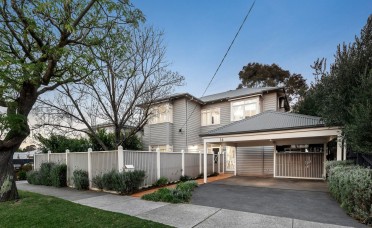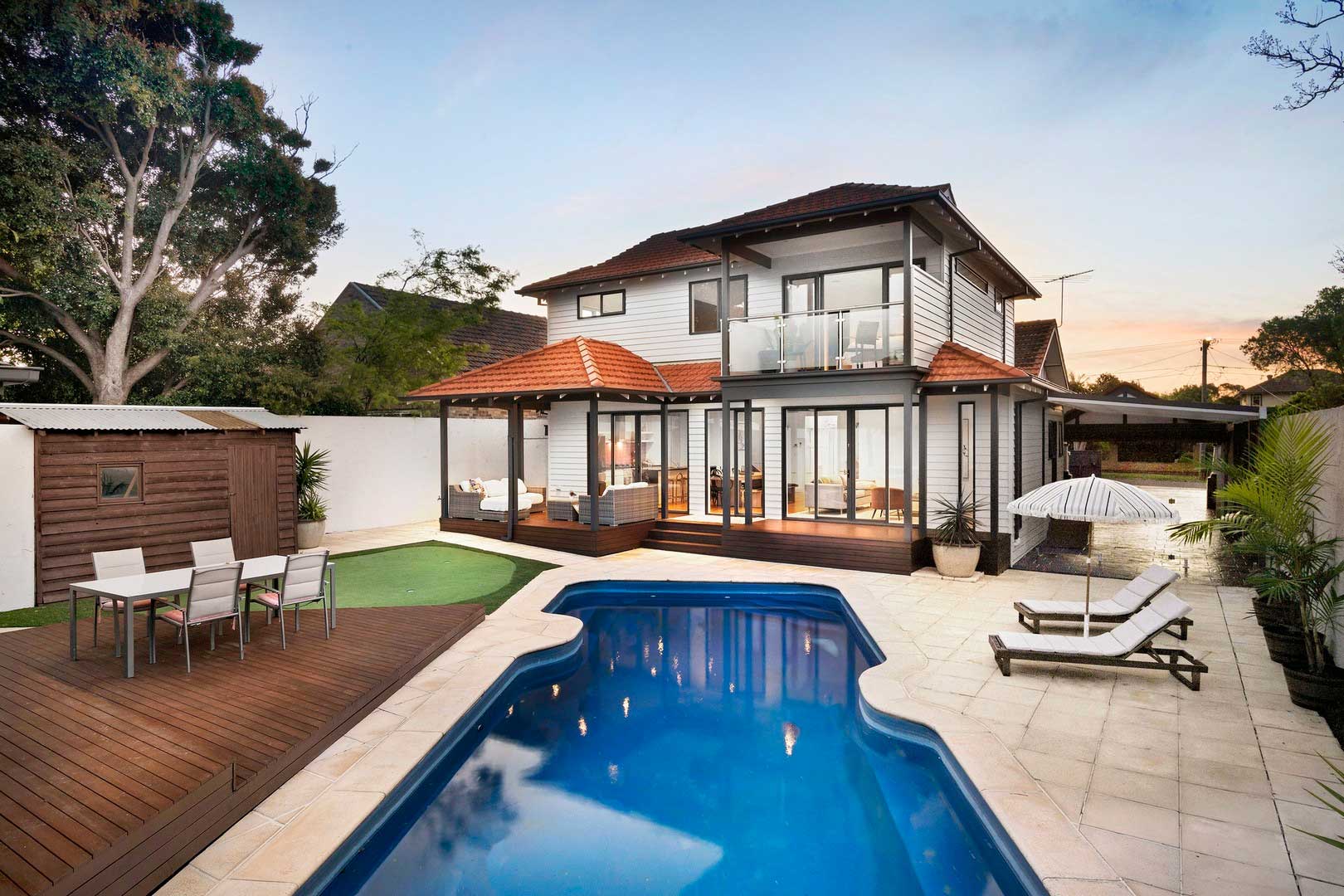
Following 23 months of consecutive price rises, and for the first time in two years, the national real estate market’s home values fell by 0.17% in December. After reaching a new record high in November, PropTrack’s Home Price Index showed a dip by $5,000 to $795,000.
Holding the mantle of the second most expensive city to buy into the real estate market for many years, Melbourne tumbled to fifth place behind Sydney, Brisbane, Canberra and Adelaide, to become an affordable option for first home buyers and owner-occupiers alike. While most cities saw growth this past year, Melbourne was the only capital city to show price declines, lower than many smaller cities. How did this market shift, and resultant drop in demand, occur?
A primary factor was the decrease of the tax-free threshold for land tax in Victoria, lowering dramatically from $300k to $50k, upping the financial pressure on investors state wide. The absentee owner surcharge rate was also adjusted, impacting overseas investors by doubling to 4%. This caused more investors to offload properties, increasing market supply by 9.6% in 12 months, which in turn decreased investor demand and placed downward pressure on market values, resulting in increased affordability. Stage 3 tax cuts that came into effect from July assisted borrowing capacity for some, but was largely cancelled out by softer economic conditions, primarily the pushback on lowering of interest rates from 2024 to 2025. Add to this the state’s increased pace of new home construction particularly within metro areas, the highest of any state since late 2018, and it’s clear how the market turned. All of these factors contributed to an elevated supply for this time of year, and less competitive buying conditions. Even so, this did provide opportunities for buyers to take advantage of increased affordability and decreased prices with less market competition.
While houses and units shifted in unison across the country, Melbourne and regional Victoria bucked this trend as upward changes in unit price far outpaced houses. Growth continued to be skewed to the more affordable 25% of the housing market, while the upper quartile market experienced the biggest decline, Melbourne only marginally above Sydney, at -1.4 and -1.6% respectively.
Within the rental market, affordability became the primary factor. Many young renters favoured staying within the family home, average rental household sizes increased to combat costs, and overseas migration slowed.
Despite a drop in Victorian clearance rates, the Kingston area showed strong stability this quarter, with levels hovering around the 70-75% mark. Greg Brydon from Ray White in Cheltenham said, “Having experienced many market cycles over the past 15 years in the local area, the last 3 months has certainly been one of the more unpredictable markets that I can remember. Homes that are turn-key, presented well, in premium locations and priced competitively are still performing extremely well and regularly seeing 3+ bidders. However, if a property is even slightly off on even one of those 4 factors, it can drastically affect the amount of engagement and competition from buyers. We have also seen a number of properties across the market have a ‘price adjustment’ between the launch date and auction date signaling that the interest has been below desired levels”.
Robert Pullia from Belle Property in Mentone added, “While we have seen generally less people attending open homes and auctions compared to previous Spring markets we still have strong competition amongst buyers for well-presented homes in good locations, provided the price expectations of the owners are in line with the market. There have also been some great buying opportunities for savvy buyers, particularly if you are looking to buy blocks with older homes in need of renovation or future development, due to less competition for these types of properties”. Despite the ongoing constraints on affordability, the property market remained buoyant as buyers adapted and pivoted towards different price points. Buyers with the financial means to purchase property benefited from the ease in home price growth and the window of opportunity it presented.
- Highett/Cheltenham
- Mentone/Parkdale
- Mordialloc/Aspendale/Edithvale
Looking Ahead
In 2024, Victoria led the way in working towards accommodating population growth with new housing construction, leading to less undersupply in comparison with other capitals. If demand continues its upward trend in smaller cities, and supply within Melbourne rises further, it will retain its current affordability. Buyers had more power and less competition this quarter, positive conditions for first home buyers and owner occupiers alike. But if stock level growth slows, or demand shifts back to Melbourne, these existing affordability levels would give way to an upswing in home prices once again. As it stands, Melbourne’s status as the fifth most expensive capital city is on track to change in 2025 to the third most affordable in Australia, as Perth shows strong signs that it will surpass its median home price and move ahead in the stats.
Within Kingston, well-presented properties with prices aligned to the current market continued to bring strong results and sell within expected timeframes, and lower tier properties saw buyers with their hands in their pockets at auction. Greg Brydon added, “Moving into 2025, the market is likely to stay quite steady, with the focus still being on well-presented and well-priced homes. The traditional January lull of new listings seems to be a thing of the past, with many agents & agencies gearing up to launch a plethora of properties prior to the Christmas Break, and auctions commencing as early as the 16th & 18th of January. With Easter 2025 later than usual, we are likely to see quite steady numbers through February & March for auctions prior to the traditional Easter break & slow down”.
As it has been in the past few years, the market hinges largely on interest rates, this time on how soon and by how much they are due to drop. Robert Pullia added, “Market conditions are likely to remain the same until interest rates start to come down again. Once this happens, we will start to see more buyers come back into the market which will likely drive prices higher”. With the knock-on effect from interest rates fall of increased affordability, demand within the lower to mid-priced market is predicted to increase tenfold. Nicola Powell, Domain’s chief of research and economics, even goes so far as to suggest a possible FOMO trigger, as buyers rush forward to get in ahead of anticipated price rises, “Such behavioral shifts could then bolter demand and contribute to upward price pressure”. With market confidence and affordability on the up, it appears to be shaping up as a fortuitous season ahead for those buyers ready to jump in.
Get in touch with Daniel to find out more about the Kingston market, or make an appointment to discuss your requirements and see how we can help you get into your ideal home sooner.
Read more about Daniel Adaway-
 Boroondara – Spring 2024 Market ReviewRead Article
Boroondara – Spring 2024 Market ReviewRead Article -
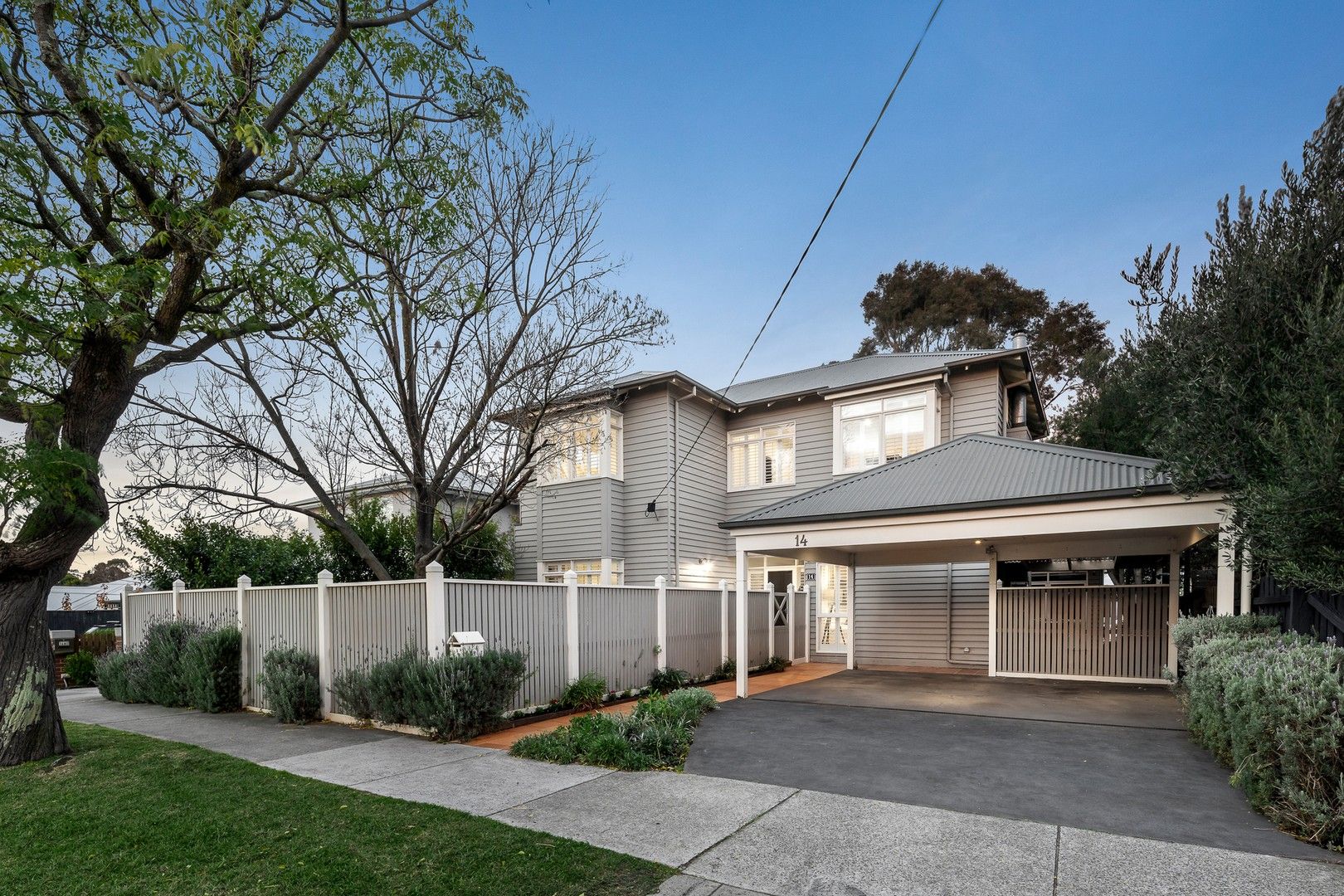 Kingston – Winter 2024 Market ReviewRead Article
Kingston – Winter 2024 Market ReviewRead Article -
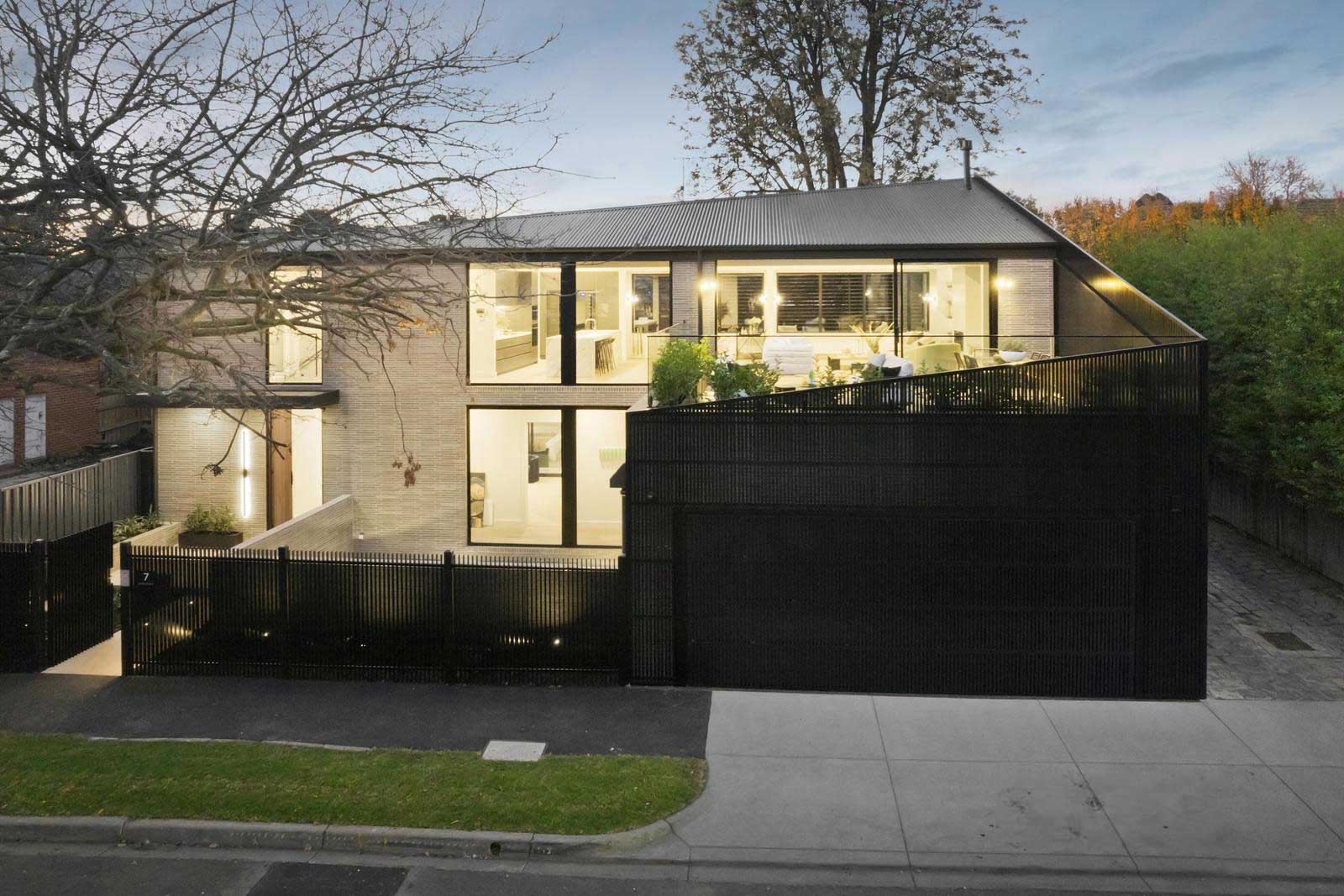 Boroondara – Winter 2024 Market UpdateRead Article
Boroondara – Winter 2024 Market UpdateRead Article -
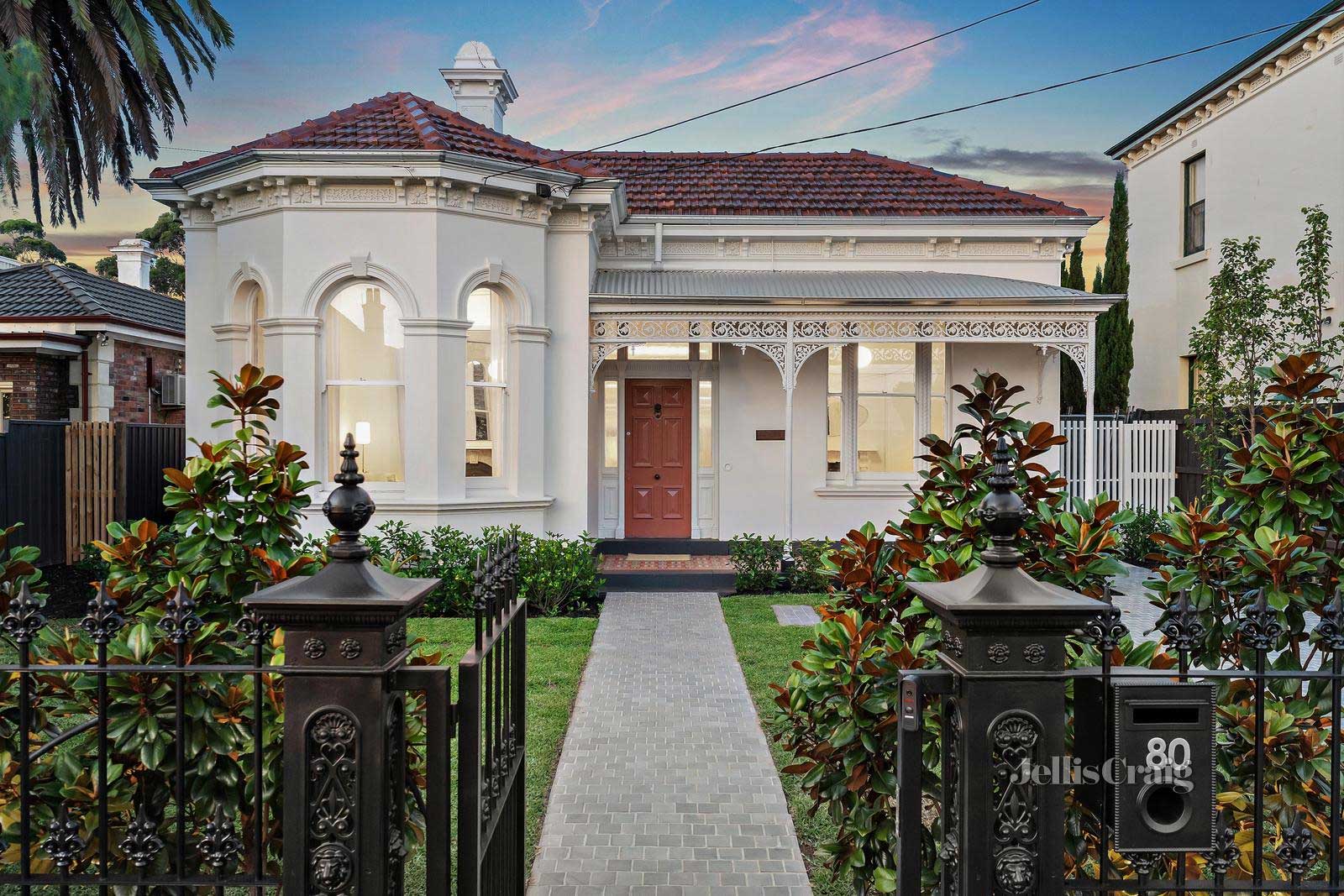 Melbourne Inner North – Winter 2024 UpdateRead Article
Melbourne Inner North – Winter 2024 UpdateRead Article -
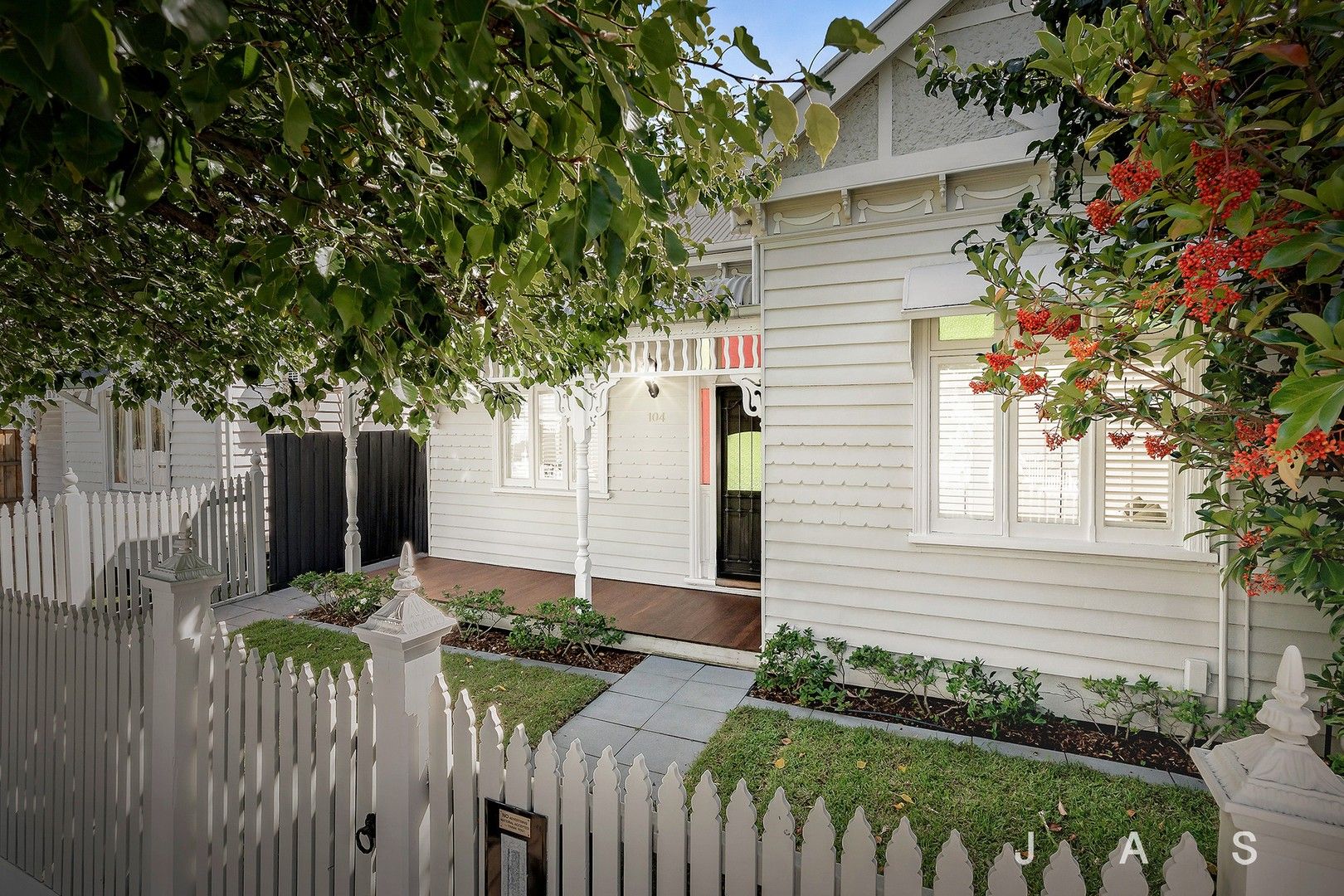 Melbourne Inner West / North – Winter 2024 UpdateRead Article
Melbourne Inner West / North – Winter 2024 UpdateRead Article -
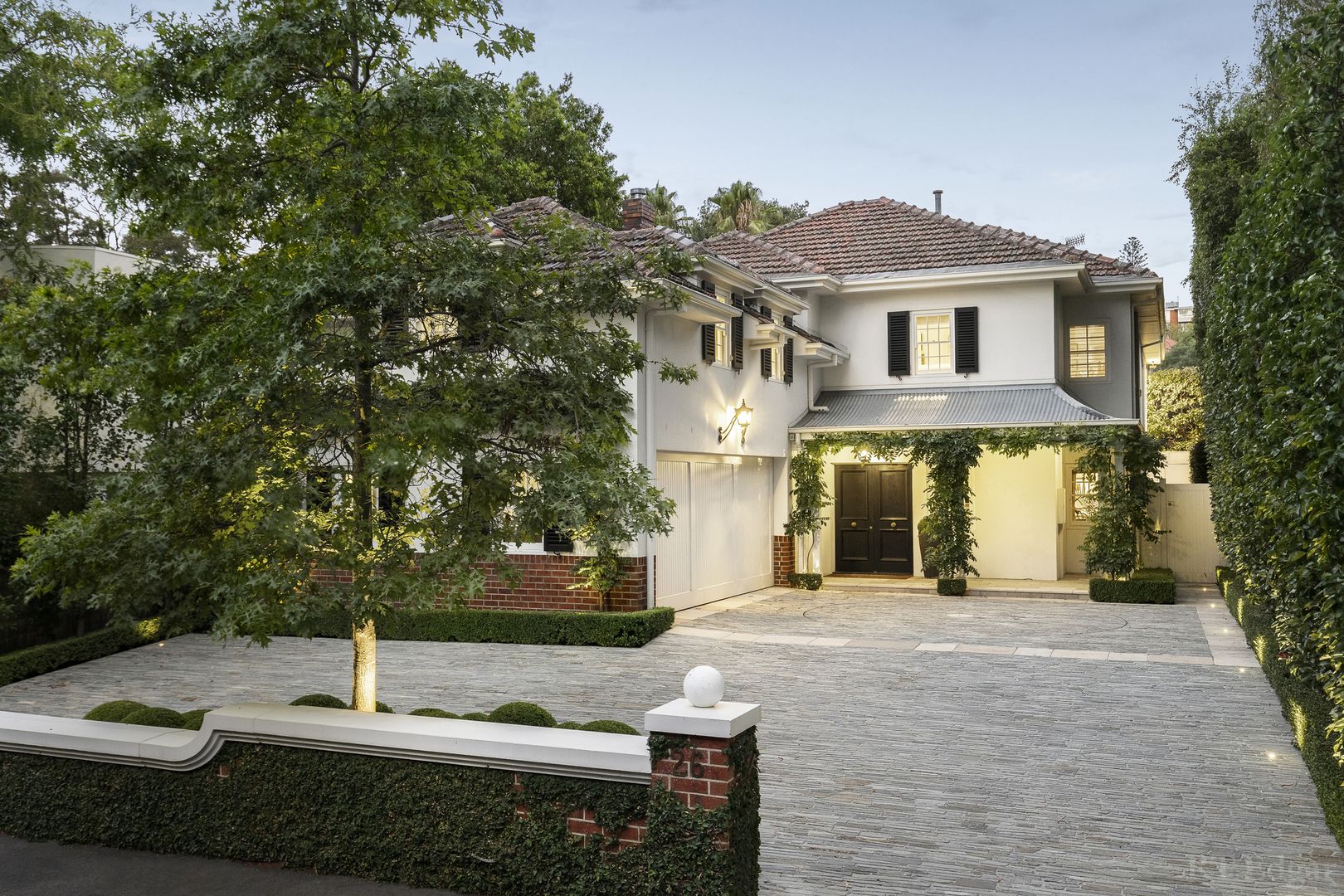 Stonnington – Winter 2024 Market UpdateRead Article
Stonnington – Winter 2024 Market UpdateRead Article
The first step in your property journey, whether it be buying or selling, is gaining clarity on your situation.


